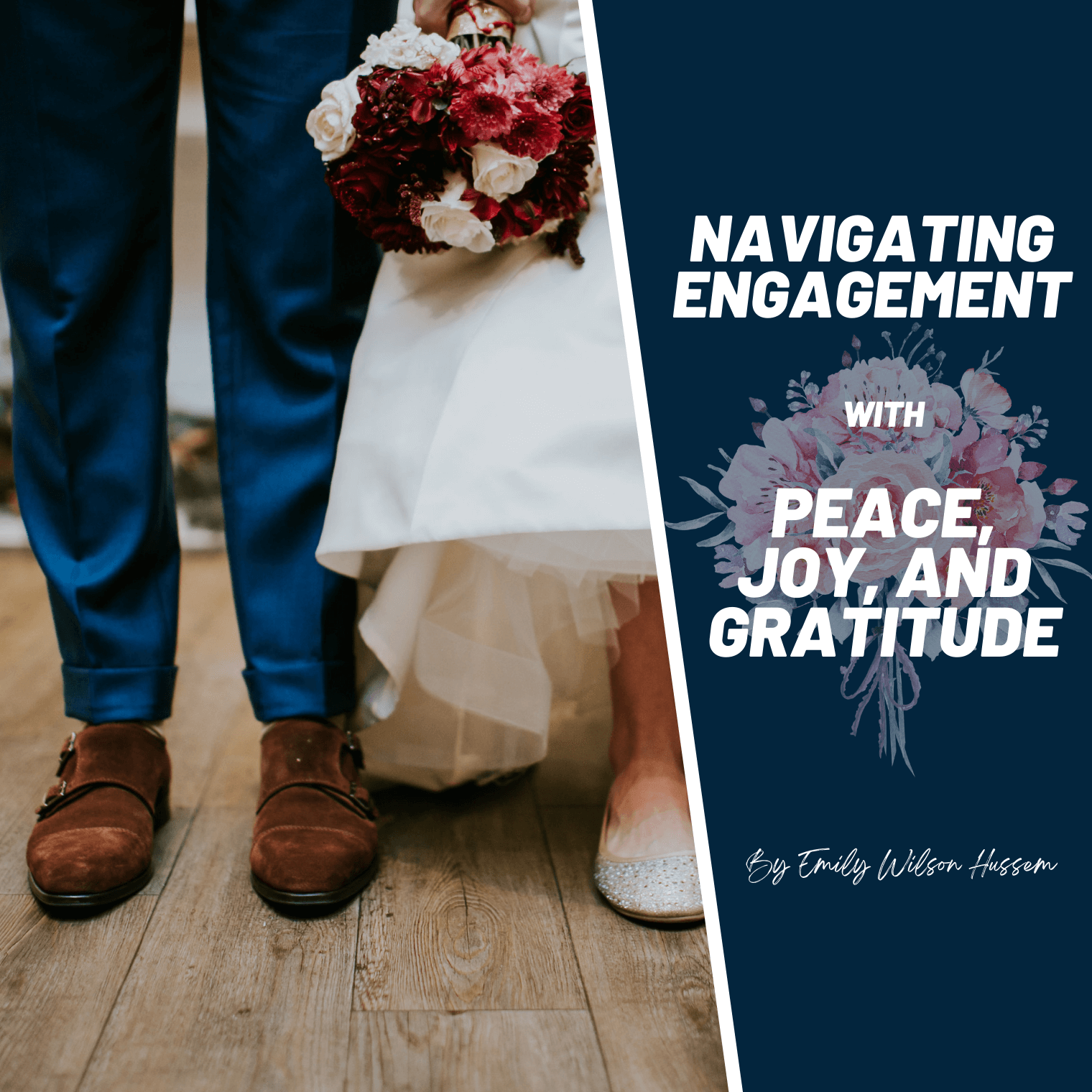Five Steps To Getting Involved In Your Community
By Tiffany Owens
Recently, I was talking to an older woman at my church who has lived in a historic part of the city with her family for a while. Recalling her earlier days in the neighborhood, she told me how she got to know many of her neighbors who had been actively engaged in the city of Waco . . . they had been so involved in the city that they had streets and fountains named after them!
We both observed how this participatory mindset toward the city seems to have been lost or at least is rapidly fading. As a millennial, I suspect that most of us weren’t taught from a young age to think about civic habits or to make participation in our cities a regular part of our lifestyle.
But citizens of previous generations understood that the city, the town, their neighborhood was an important sphere of responsibility. Even though this culture has faded away, I think many of us share that belief and want to contribute to our neighborhood in a meaningful, sustainable way.
But how do we do that? Figuring out how to participate more in our communities can feel overwhelming and it’s easy to feel paralyzed. Here are five steps to help you get started.
Rung one: Cultivate curiosity
Take some time to learn about your city’s history, leaders, strengths and weaknesses. Having this kind of context will help you speak more with more empathy and humility, both of which are essential to advocating for resilience, especially if you’re new to a city.
It’s also worthwhile to observe your city through your senses. When you can do so safely, put away your car keys and run an errand or two by walking, biking, or riding public transit. These forms of transit are slower and perhaps not the most convenient, so you’ll have to do some extra planning, but they will provide you with an invaluable new perspective on your city’s layout and design and inspire new curiosities that might bloom into routes of meaningful action.
Rung two: Follow your strengths/interests/frustrations
These days, city leaders and residents are facing a variety of urgent issues from filling up pension funds to repairing streets and tackling food deserts, or neighborhoods that lack good access to nutritious, affordable food options. The challenges are endless and there’s no way you’ll be able to participate in everything. Your next step will be carefully discerning which issues are actually best aligned to you.
Take time to identify your strengths, values, and interests. As a car-free resident of Waco, improving the bikeability and walkability of Waco has become a top issue of interest to me. It’s a personal issue when I can’t cross a street safely, when sidewalks randomly disappear and when the streets are too dark to bike at night.
It’s also important to think about your capacity in terms of time and resources available to contribute. Let these be your guide as you seek to identify opportunities for meaningful engagement.
Rung three: Find Alignment
Exploring and observing your city should help you discover a few issues that you feel the most drawn to. Reconcile this list with your list of strengths and a realistic sense of your capacity and you should be able to narrow down your list to one main issue. It’s okay if it takes time: the goal is not to jump into the issue that seems the most urgent or trendy, the goal is to take a few small steps into an issue that aligns well with you.
You might discover that you are more interested in gardening than tutoring students, or more passionate about transit than affordable housing. That’s okay: action rooted in your strengths and interests is likely to be much more long-lasting and sustaining for when things get hard. (Also, try not to spend time feeling bad about all the issues you’re not working on.)
Rung four: Conduct Contextual Research
Once you’ve found your core issue, it’s now time to collect as much contextual research as possible. Dedicate a few minutes each week to researching the topic that interests you especially as it plays out in your city. Look for articles, blogs, historical accounts. You can even do your own interviews with people who have worked on this issue already. Some questions you should aim to answer during this phase are:
What is the historical context around this issue?
Who are the important people connected to this issue?
What is the political/financial context around this issue?
The goal is not to emerge with an academic-level understanding of the issue, just enough to feel confident as you move on to the next steps.
Rung five: Find and/or build a tribe
Once you’ve settled on one issue that energizes you and realistically assessed how much you’re able to invest, the next step is to find other people who share your interest. Advocating for change in our cities is no easy feat. You’re much more likely to stay motivated if you have at least one other person who shares your concerns and who is also willing to take action alongside you.
This could take different forms: working with a friend, volunteering at a non-profit or finding a local advocate and coming alongside them. Even if you don’t perfectly agree with their approach, you’re quite likely to learn something, meet new people and gain important skills. Of course, it may be the case that you may find yourself in an action-desert. In this case, look for opportunities to learn from people working on the same issue in other cities.
The exact form may fluctuate, but the goal is the same: situate yourself alongside other like-minded people. Don’t go it alone.
Bonus tip: Expect resistance
I won’t beat around the bush: getting involved in your city will mean enduring all kinds of negative experiences. Some meetings will be long and boring. Processes will be confusing. Response times can be lengthy. Your good ideas will be resisted, misunderstood, modified and perhaps entirely ignored.
In short, your resolve will be swiftly tested. You should expect this. In some ways, you can expect community involvement to be a long, boring, frustrating endeavor. Expect to perhaps not see results of your work, or at least not immediately. If you expect resistance ahead of time, it won’t be such a shock when that moment comes. Also, adopting this kind of “long-haul” determined mindset will help you identify truly sustainable actions, prepare for challenges, and prevent burnout.
Another bonus tip: Know your "why"
Your why is your philosophical reason why you take the time to engage with your city. Perhaps you draw from a certain body of political philosophy, your faith, environmental concerns, or a deep commitment to the future generation. Whatever is your why, take time to think it through and write it down. Come back to it often and refine it as you learn more about this work. The why will keep you going.
Perhaps this rung should be first, but I’ve found that the why often comes after you start taking action, so don’t wait for a deep philosophical epiphany before you get started. If you’re reading this, chances are you already know that being involved in your city is good for you and that’s enough to get started. More philosophical motivations will reveal themselves over time.
You can find all of these steps and worksheets in the Engagement Kit, a free resource I made earlier this year. I won’t promise that following these steps will get your name engraved on a street sign or fountain, but one hopes it will help you get a little bit closer to showing up in your community and sharing your unique gifts in greater civic participation.










